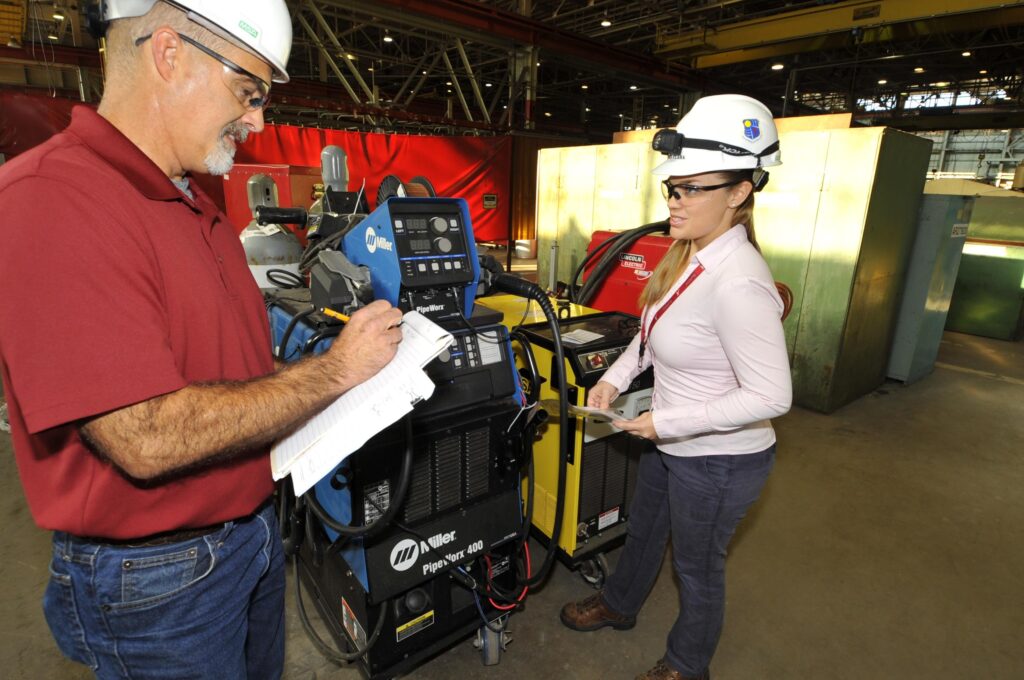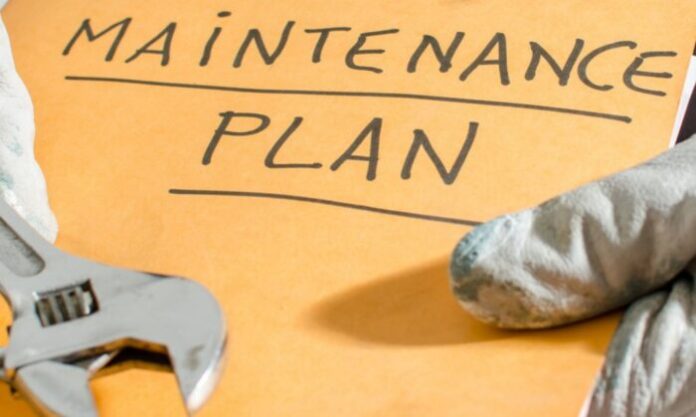Preventive maintenance refers to the activity of carrying out routine maintenance on equipment, to reduce the risk of malfunction during working hours. It is a move to ensure that there are no unplanned break downs. To achieve this, it is vital to have a plan. A preventative maintenance plan helps to give some structure to the whole maintenance program. You can quickly analyze all the equipment, how often they will be repaired and by which employees. To learn more about automated maintenance software check here, limblecmms.com. To ensure the success of your preventative maintenance program, here are some steps you could follow;
Decide on the Scope of Involvement
The first step towards creating the best preventive maintenance plan is choosing the team for the project. The number of employees involved will depend on the size of the company and the skill set required. You may want to include maintenance technicians, managers in charge of maintenance, or financial officers to help with the accounts bit of the project. All the members chosen need to show a lot of commitment to the project to ensure it succeeds.

Set Goals
After you have decided on the team, you can now set targets depending on the current situation. For example, you may need to reduce the machine downtime, reduce maintenance costs, or increase reliability. Note down all the reasons why you are starting a preventive maintenance plan. After that, you can arrange the goals according to priority. Since it may be difficult to concentrate only on preventive maintenance due to other projects, prioritizing helps you stay keen on the program. You know what resources you require to fulfill a particular step in the plan. Thus, you carry out the company’s general projects as well as the preventive program.
Analyze the Equipment
This is the most time-consuming exercise in the whole program. It forms the foundation for every other activity. If you do it accurately, it assures your success in the overall goal. Examining the machines involves taking down relevant details about them. This includes things like the serial number, the location of the model, among other specifications. You could also look up the maintenance processes recommended by the manufacturer or check the individual machine’s maintenance history. This aids in developing maintenance procedures for the devices.
Additionally, you also need to note down the condition of the machine. This will help in planning what devices will go through maintenance first. Devices in the worst conditions will go first, while those in the best shape will be last. This stage gives you a starting point.

Get a Schedule
Once you analyze all the equipment, you can now analyze them in terms of priority. This will require a keen assessment of the production procedure. Check which machines are critical to the company’s running and start with them. Since maintenance takes time, analyze what apparatus can do without repairs for the longest time. Since the repair will probably take longer, schedule their repairs on low production times, such as when the company has shut down. You can schedule maintenance of limited priority equipment that requires constant repair between those that take long to repair and high priority machine. Since the repairs take less time, they should not cause much disruption. When you spread out the repairs, you reduce the maintenance costs tremendously. You could also schedule machine maintenance depending on the triggers. Thus, the need of every machine are met.
Pick the Right Technology
Maintaining a pen and paper schedule may be hectic. That is why you will need the right technology to manage the preventive maintenance program digitally. Look for technology that simplifies your work significantly, as there are other computer programs like Excel, which may not help as much. Your choice of technology should be easy to use, provide maximum data security, and fit your budget. You may also consider what the team prefers. Since they work with the program, they must have a positive outlook on all the tools. This way, it is easier to manage work orders and inventory maintenance. The team can also generate reports and get organized effortlessly.

Train the Employees
Employees are at the core of the success or failure of the preventive maintenance program. Please make sure they are conversant with the schedule and know how to use the relevant tools. Conduct training specifically for this project to clarify the core values, the goals, and the operations of the system. When the employees can buy into this program and are conversant with how it works, your return on investment is more likely to improve.
Create a Checklist
The numbers are the Key Performance Indicators on whether your preventive maintenance plan is working. Therefore, you should have a checklist of everything to analyze to understand performance. This includes things like time taken for maintenance and time difference between breakdowns. By making such records, you can compare them with the previous numbers, and decide whether you are achieving them. KPI performance management software from industry leaders like Spider Strategies enables BI professionals to monitor and analyze a business’ success towards achieving its strategic objectives.

Make Adjustments
Once you run the program, analyze the performance and note down anything that needs changing. Machines are bound to evolve, which creates the need to review your preventive maintenance plan. Some equipment might require more maintenance when they get older or require less time when replaced. All these updates should reflect on the maintenance plan. For better planning and assessment, you may seek the help of consultants on the relevant adjustments.
Time to Expand
Once you carefully analyze the return on investment that the program brings, you can implement it on a large scale. Starting on a small scale helps the team adapt to the application quickly as the workload is minimal. Any losses that may occur are also at a small size. When you can make good returns from implementing the plan on some machines, you can gradually include the rest of the devices. A gradual transition ensures that you do not overwhelm the team.
People often prefer prevention to cure. Developing an excellent preventative maintenance plan will ensure you avoid the inconvenience that emergency repairs cause. It takes more time and energy to implement, but it is cost-effective in the long run.






![Calgary’s Hottest Neighborhoods for Luxury Homebuyers [2024]](https://thewashingtonote.com/wp-content/uploads/2024/04/Calgary-324x160.png)



